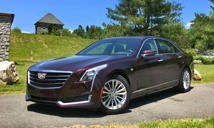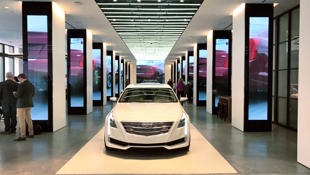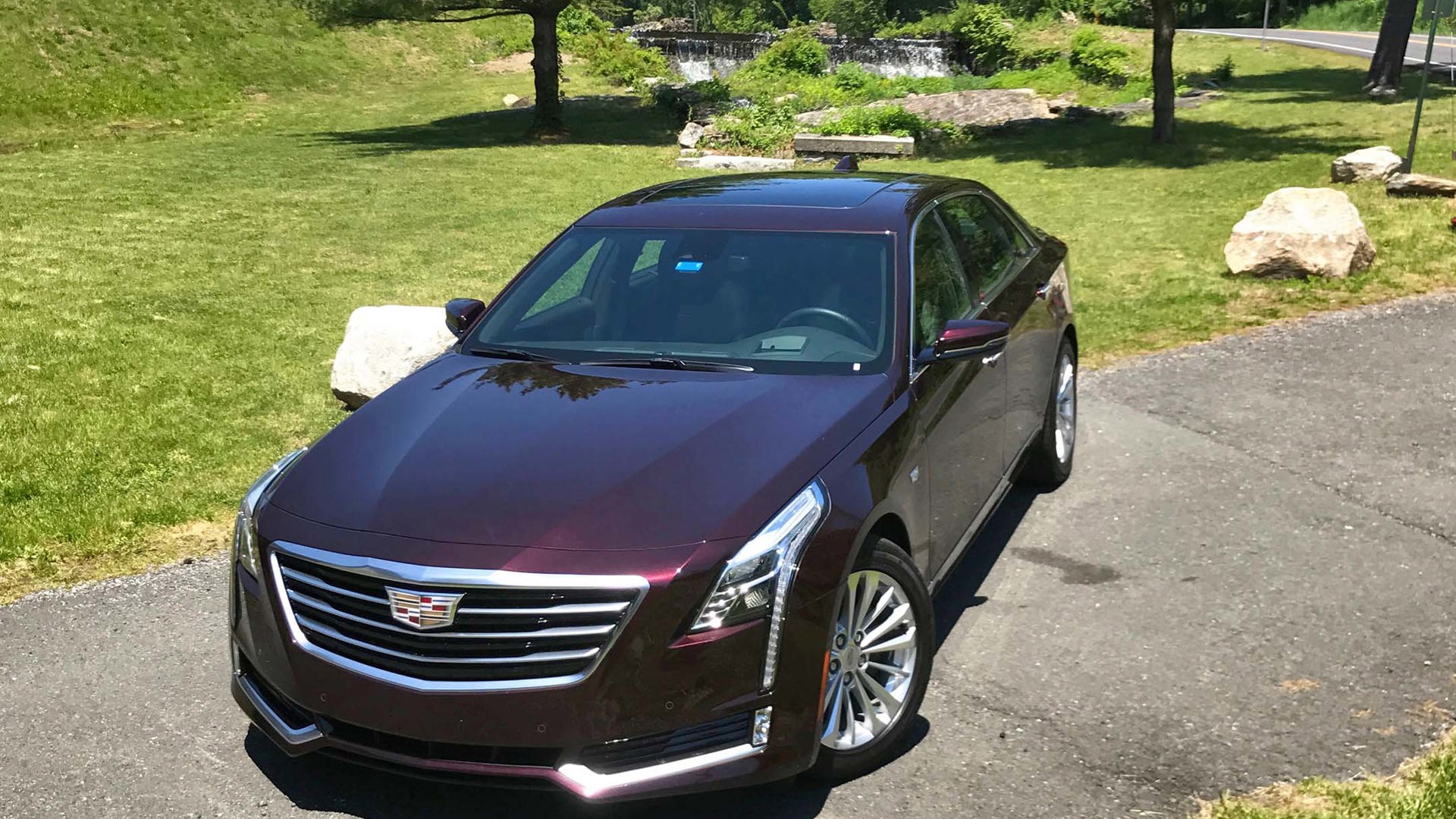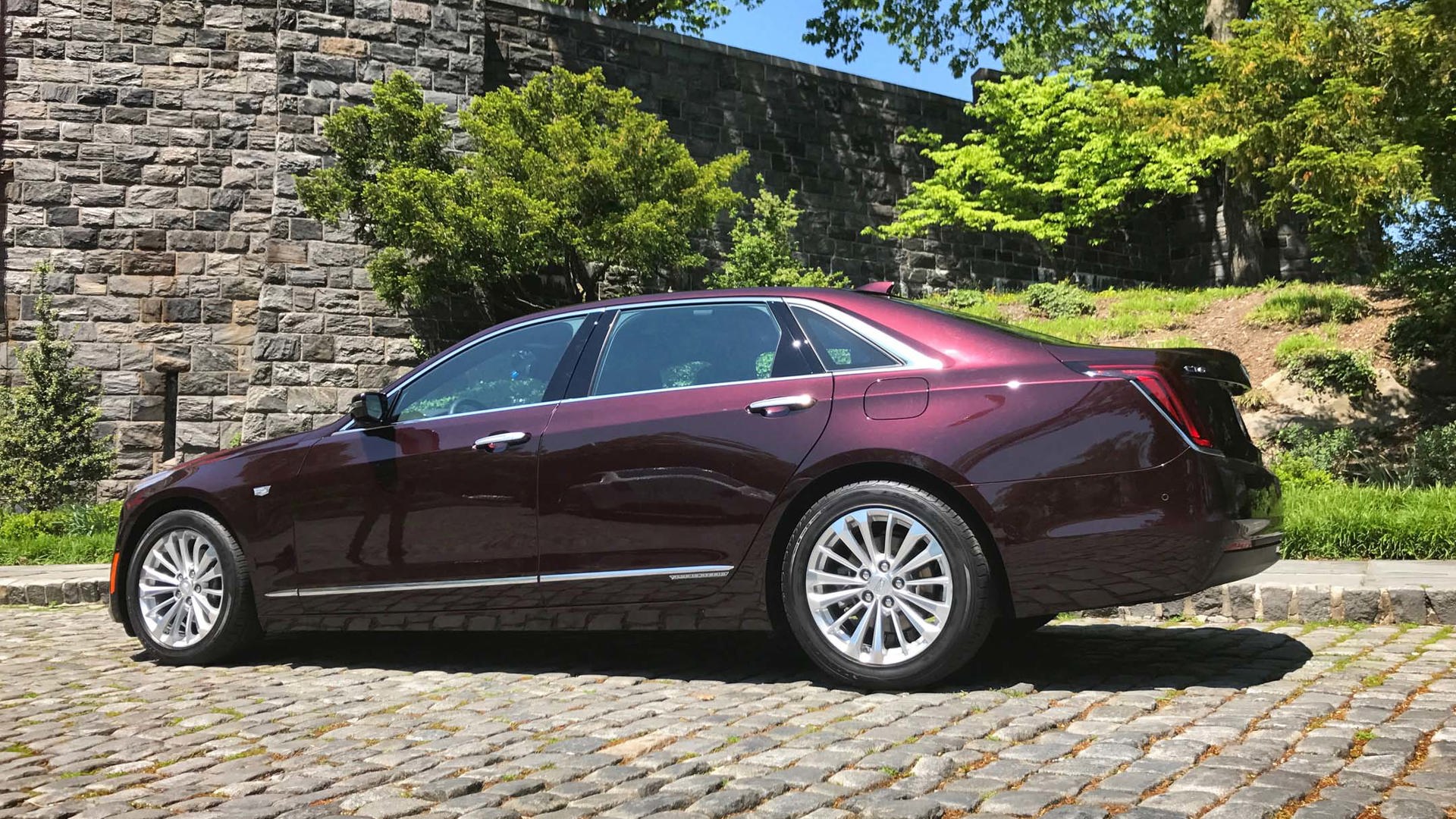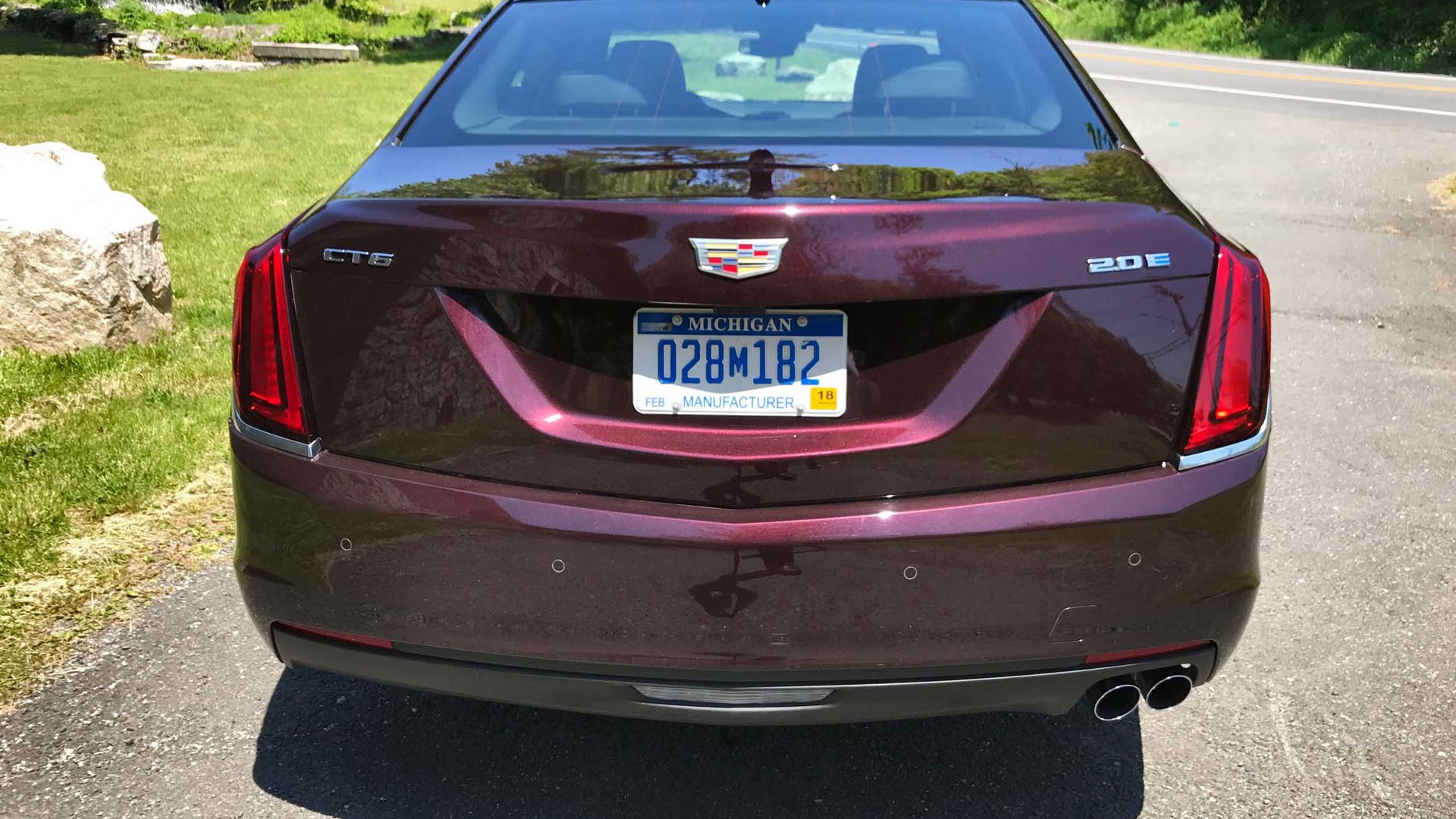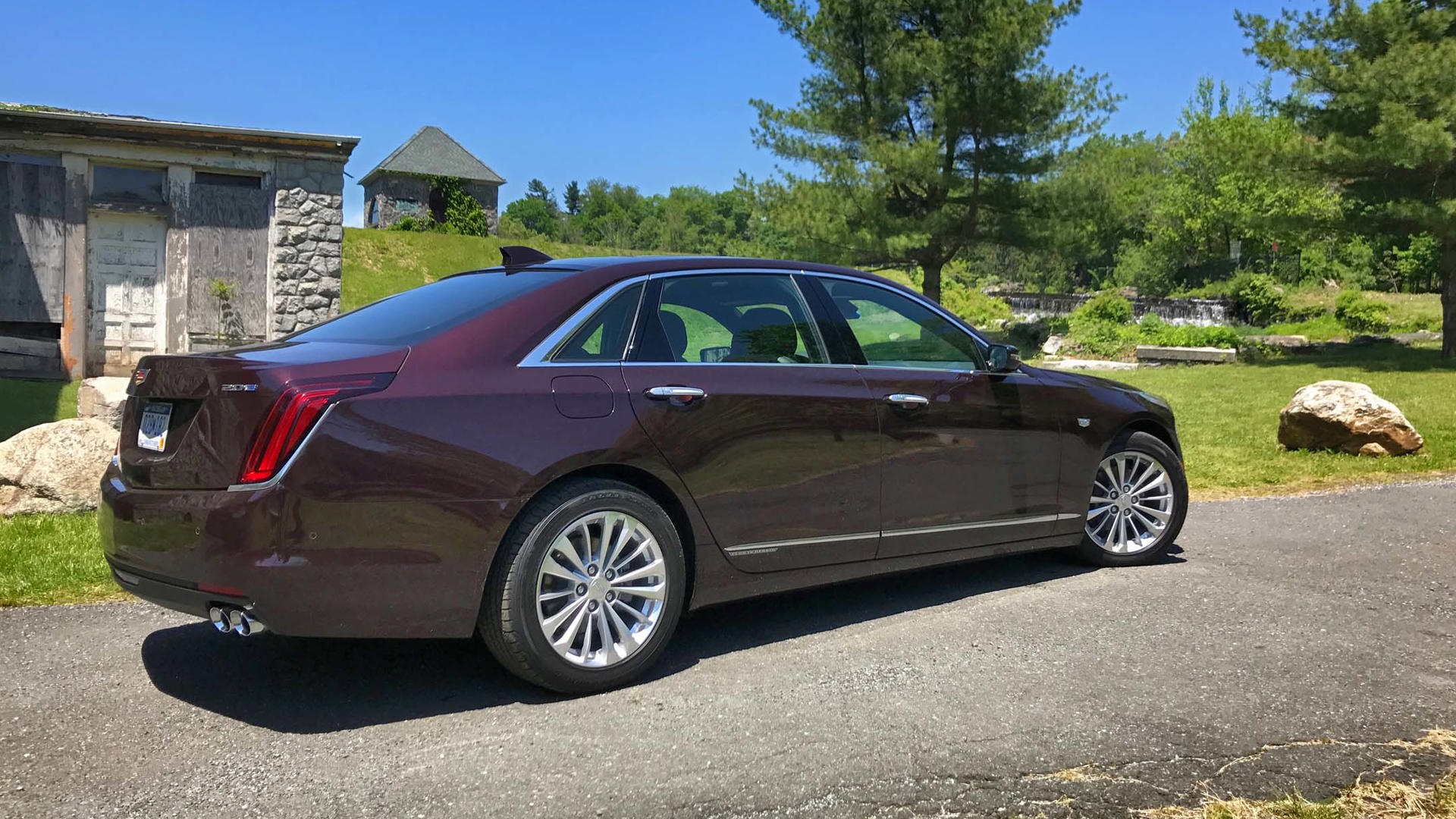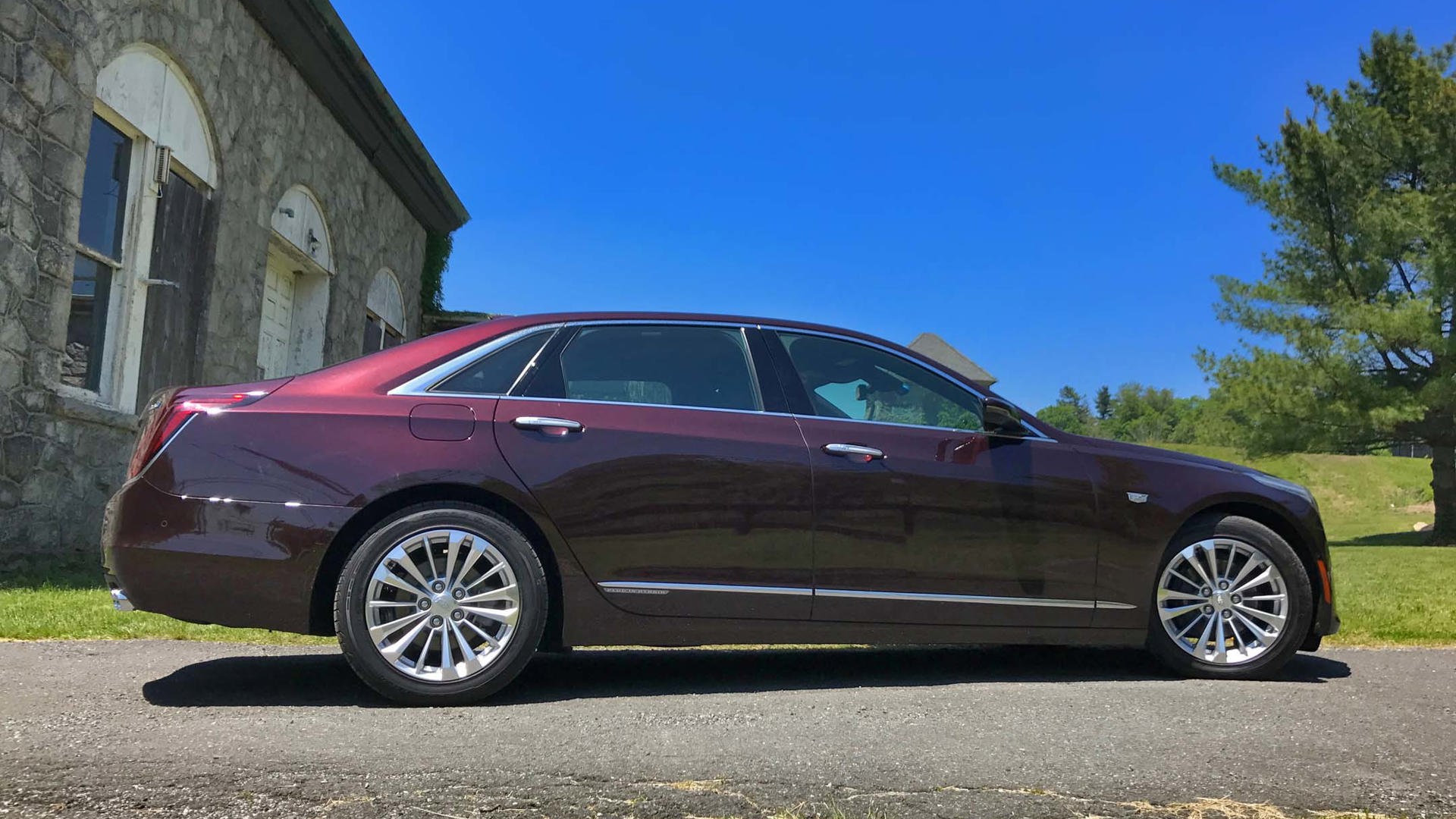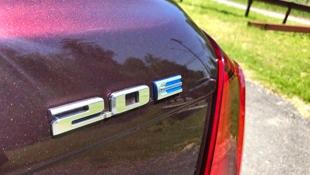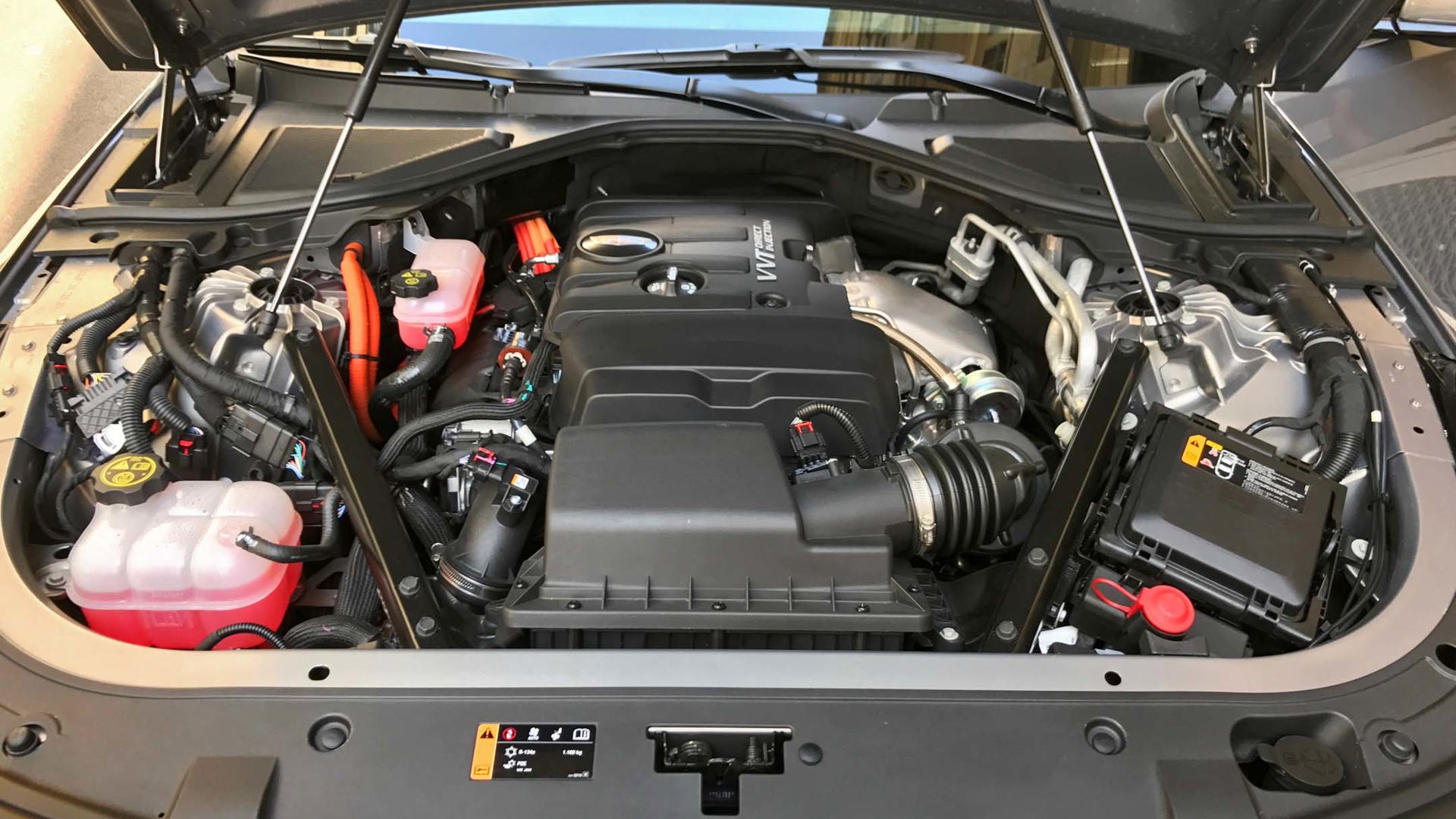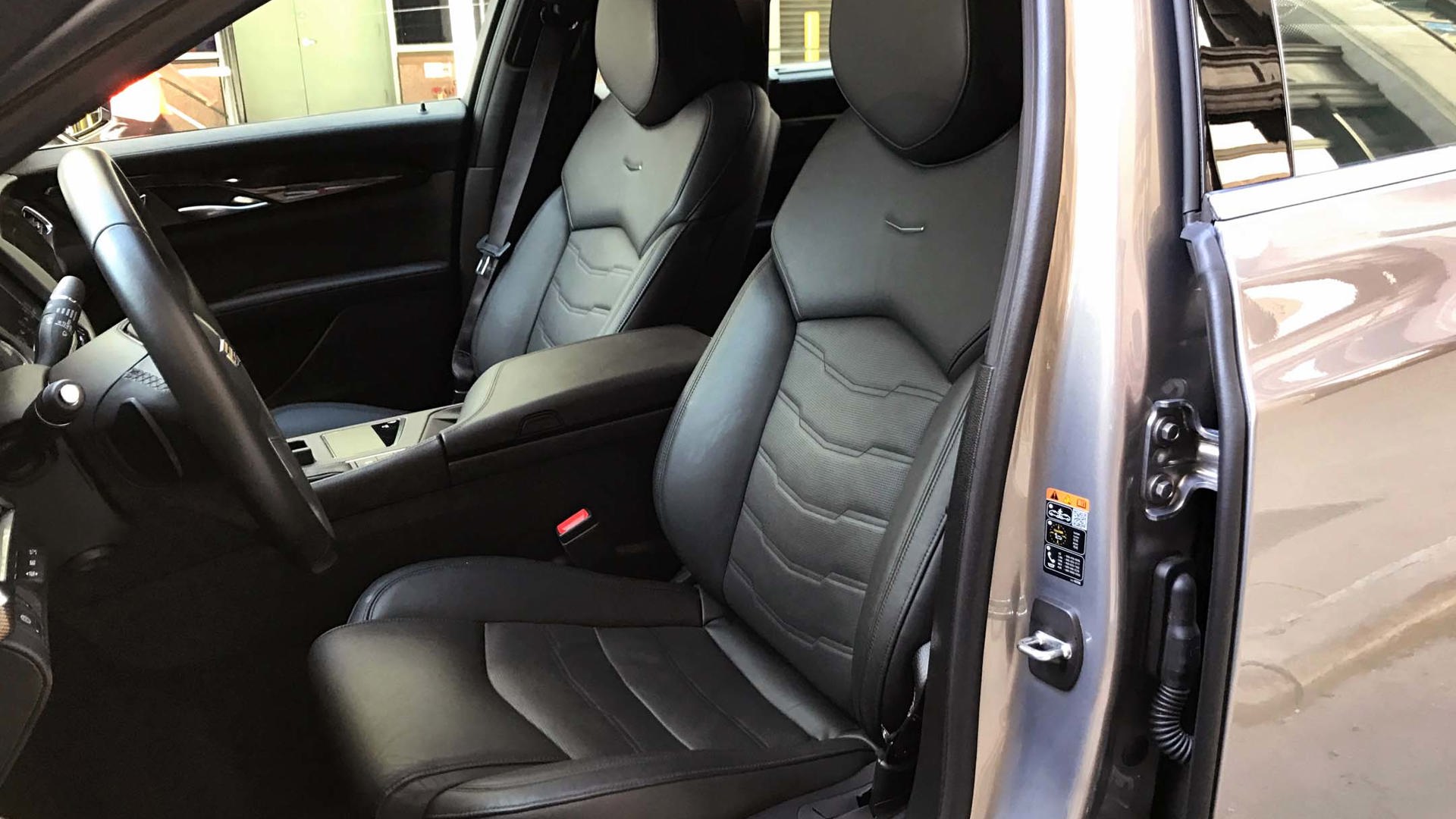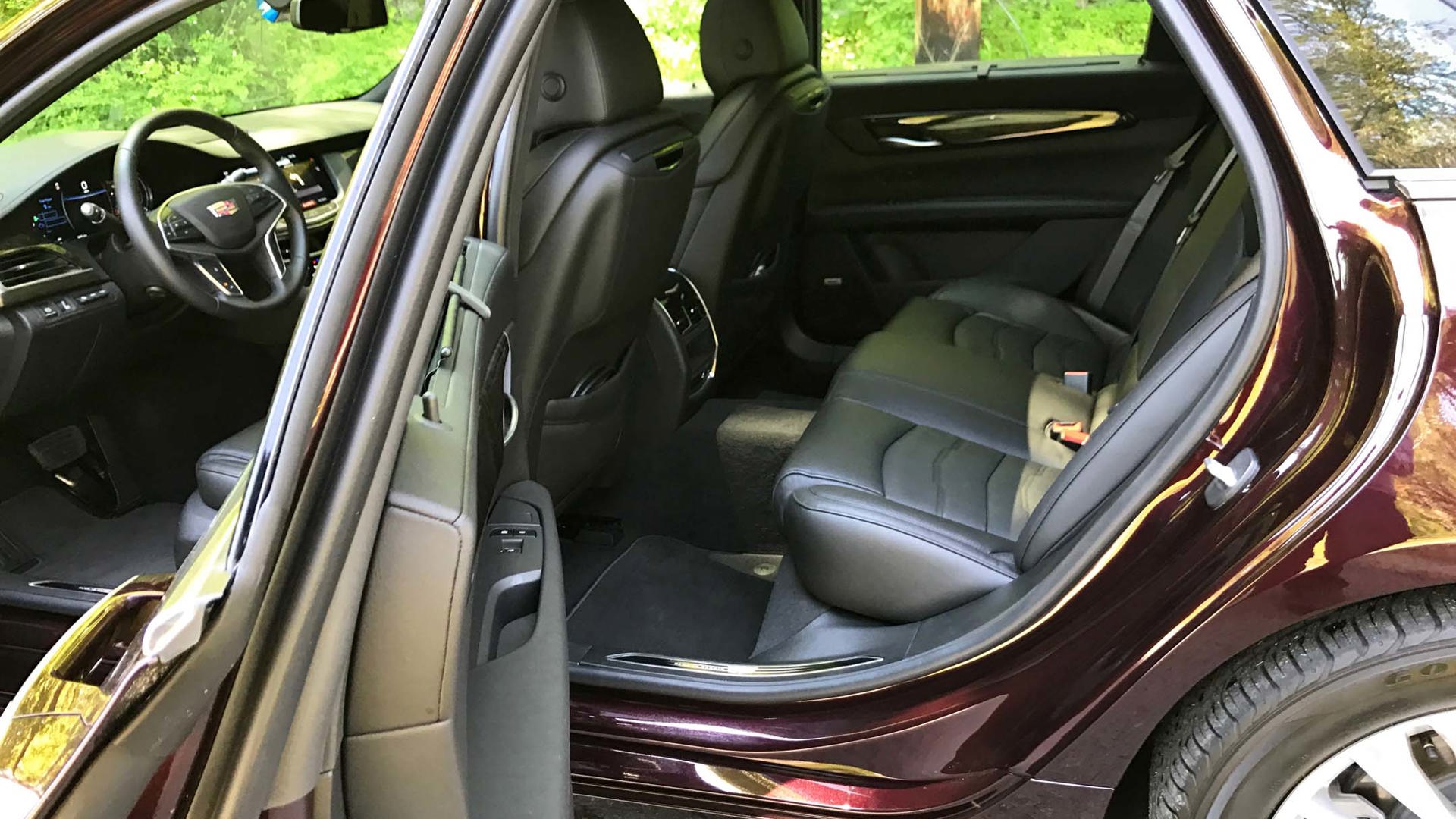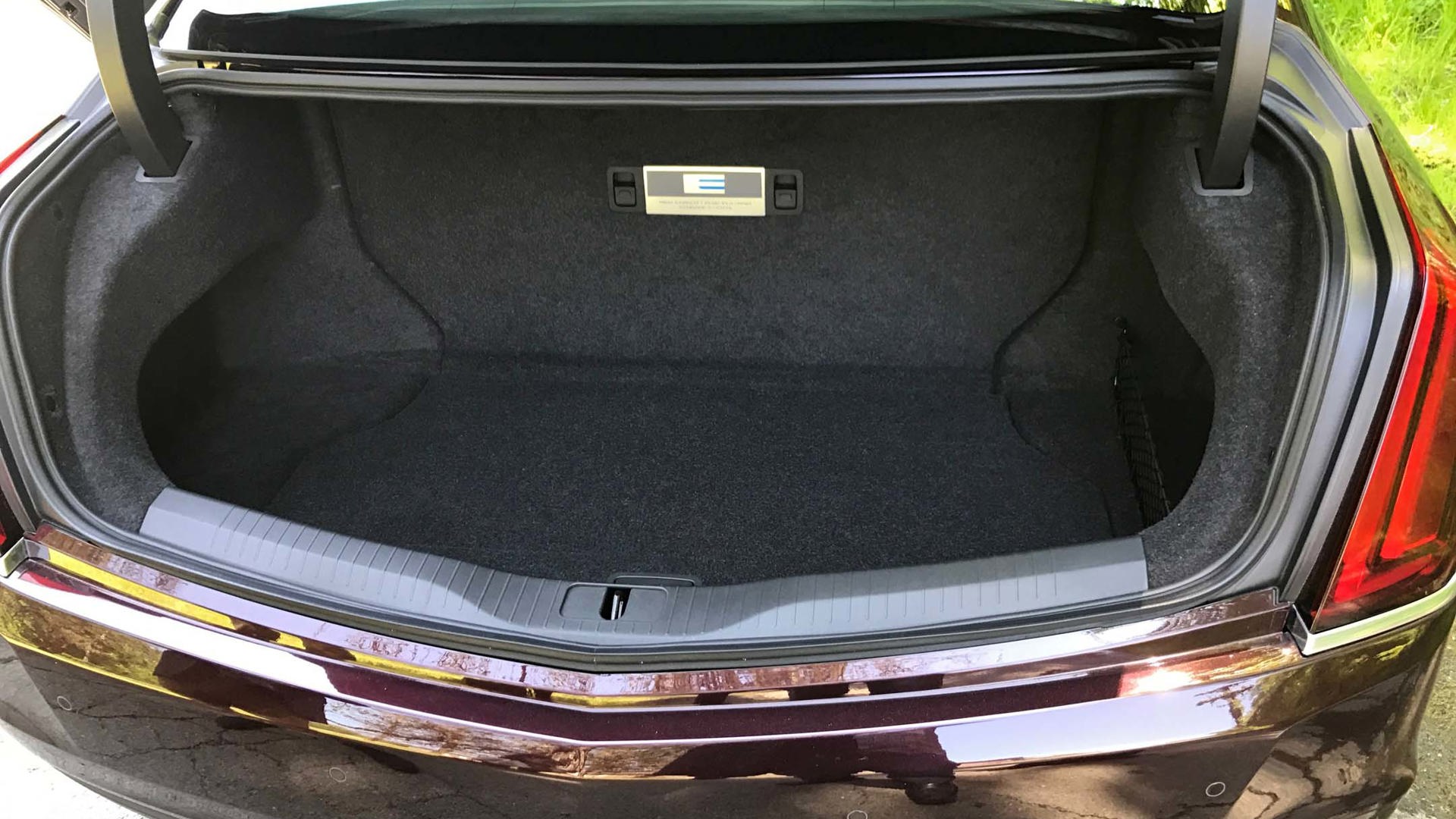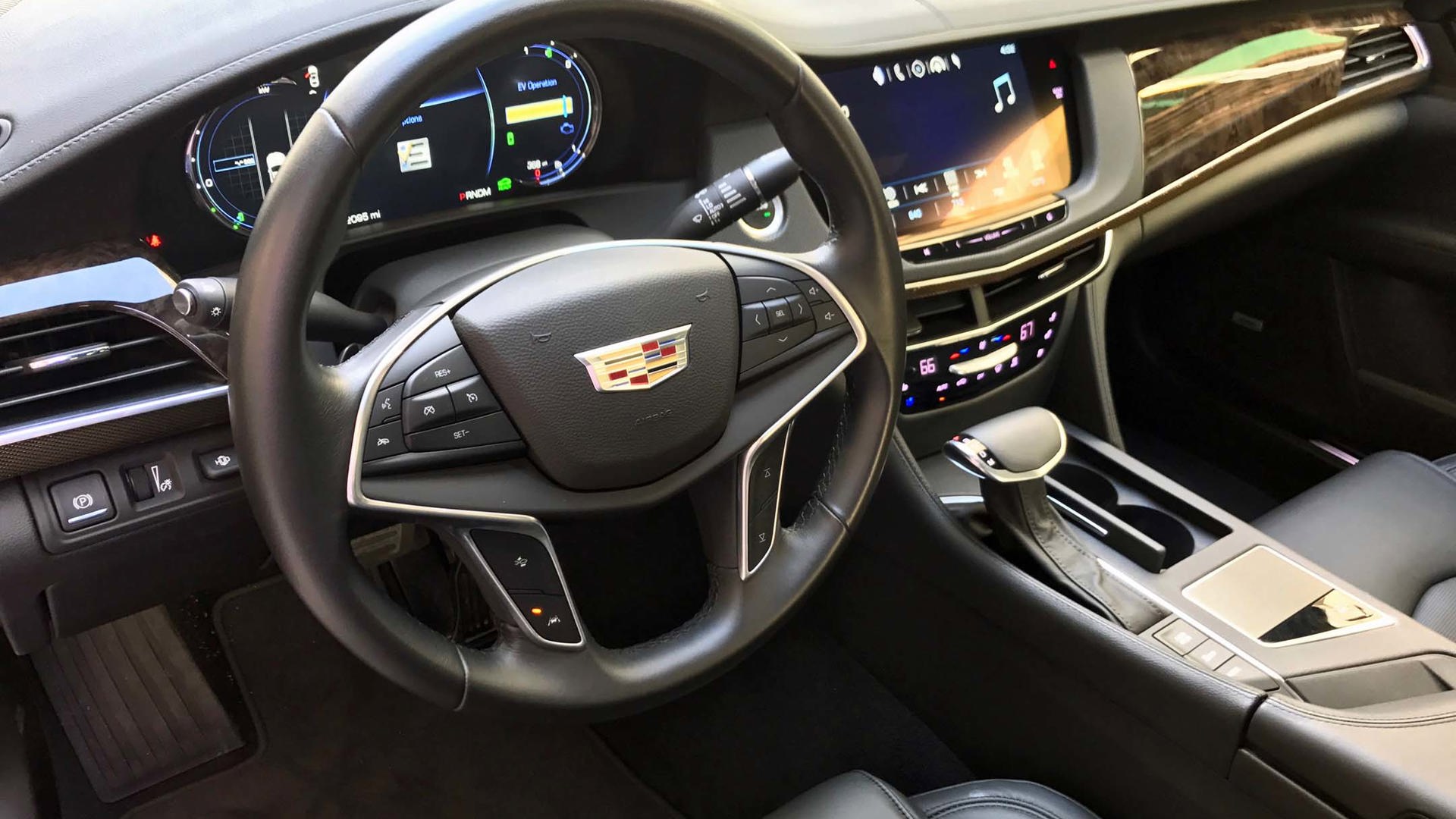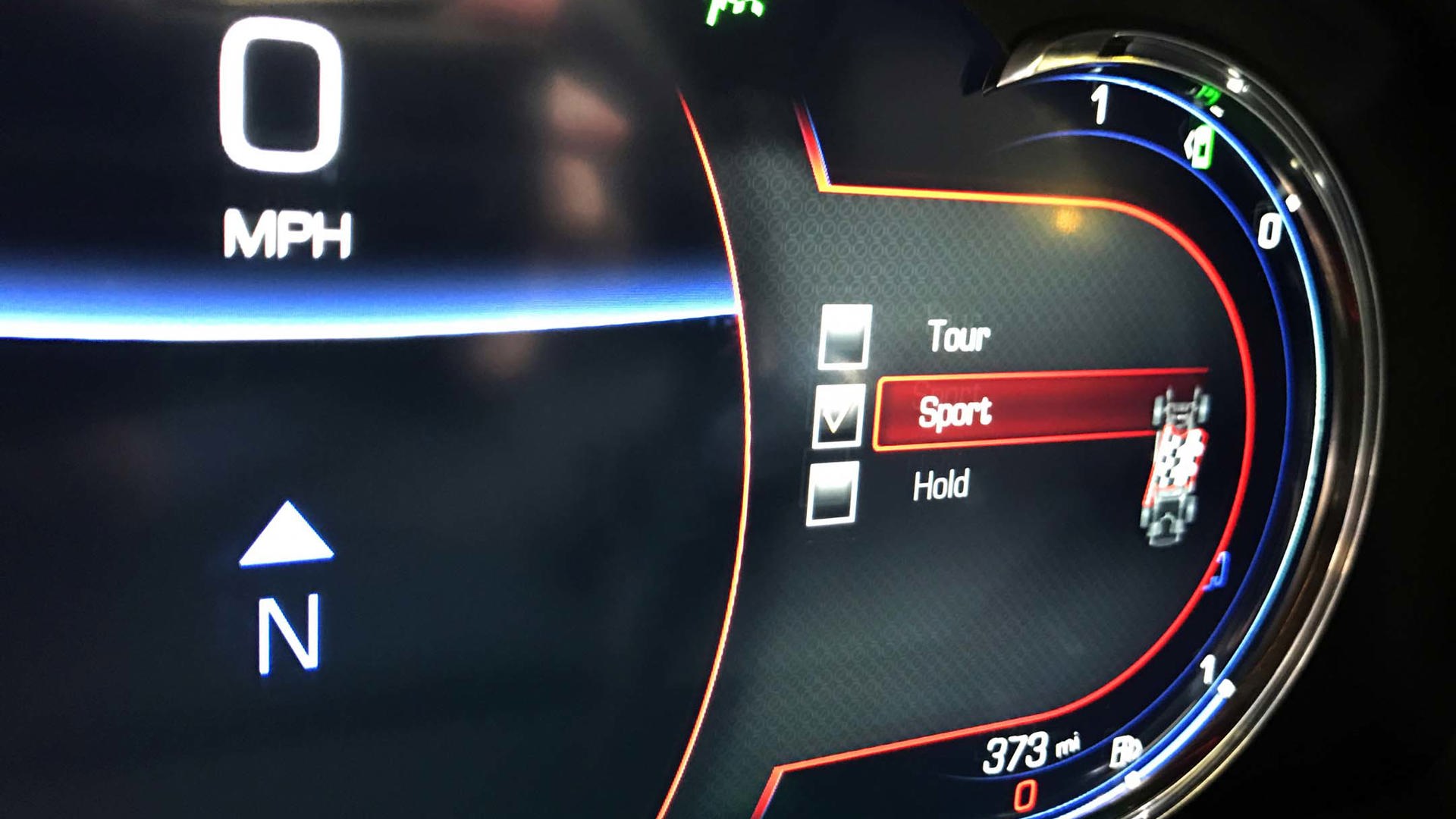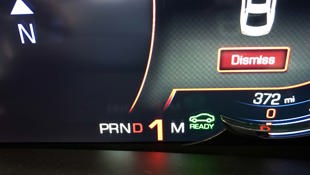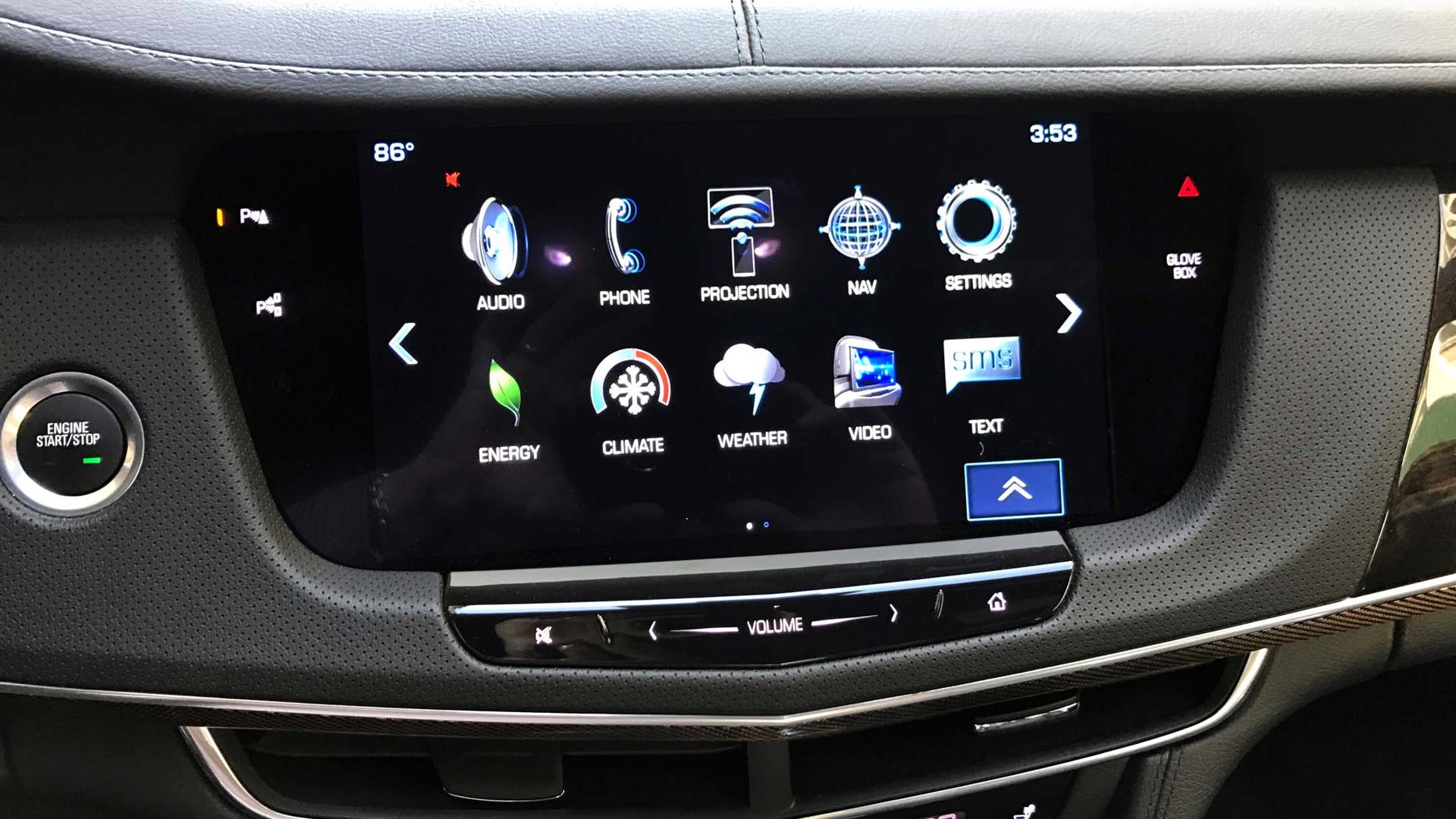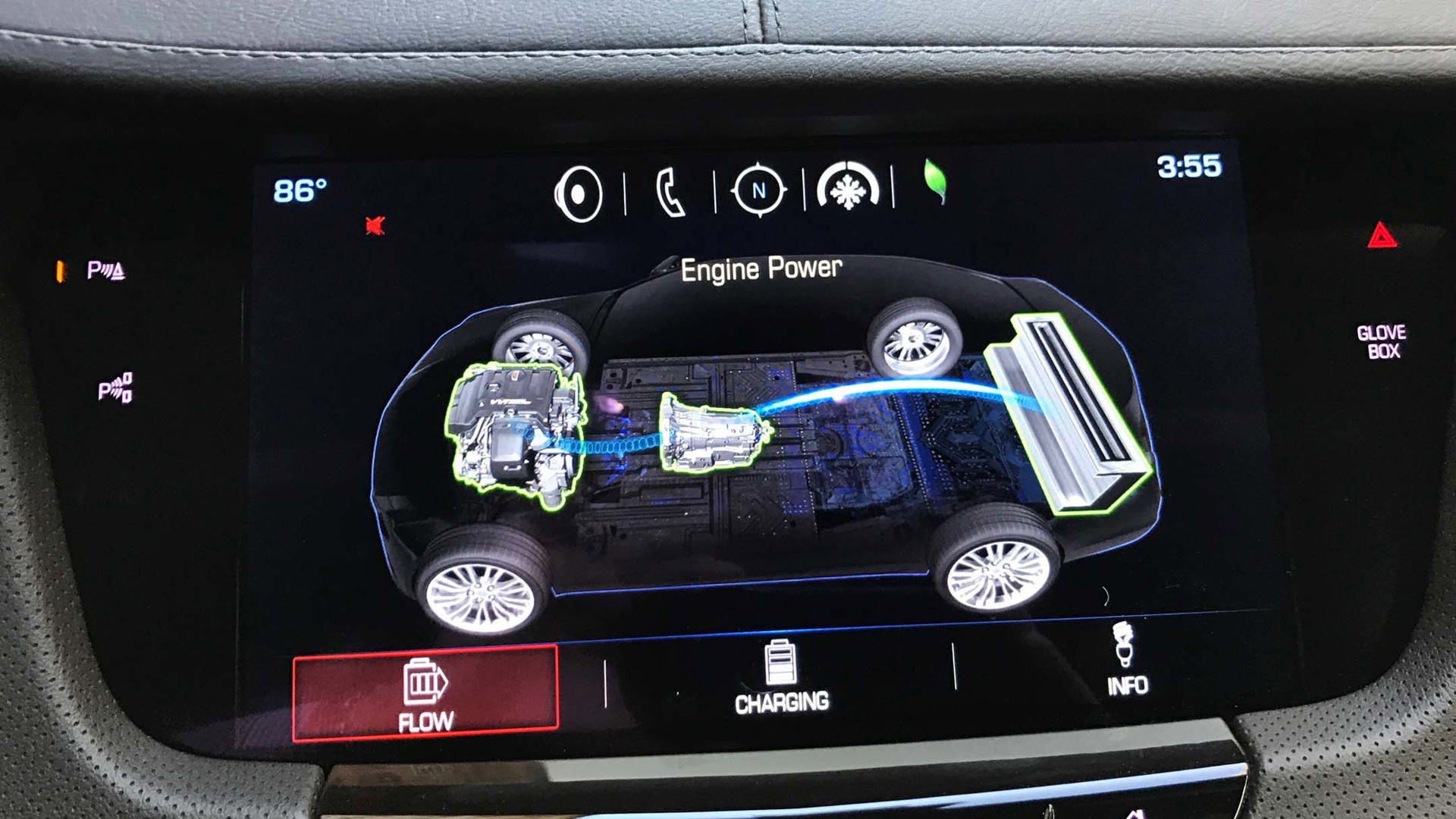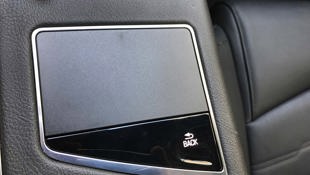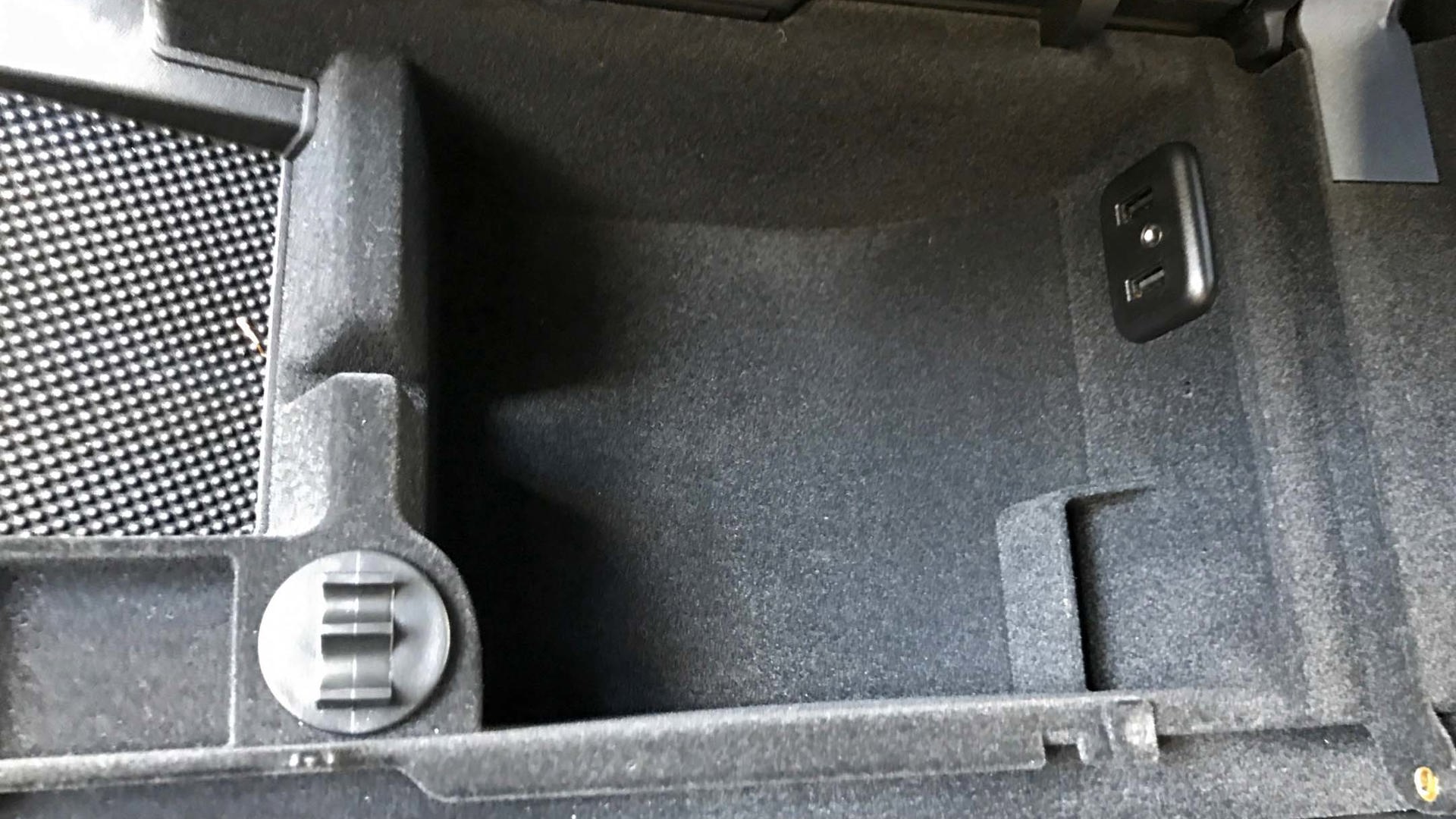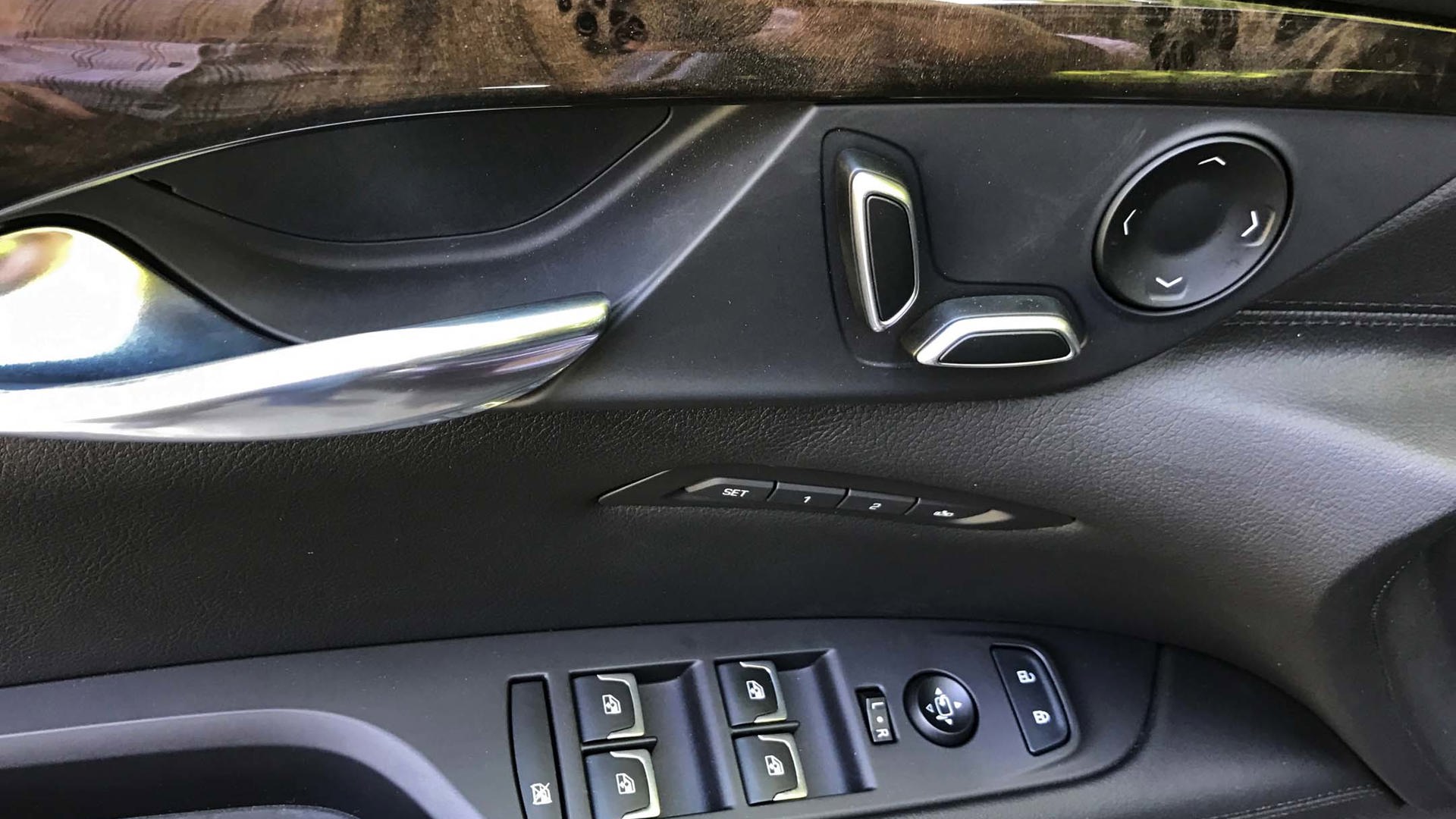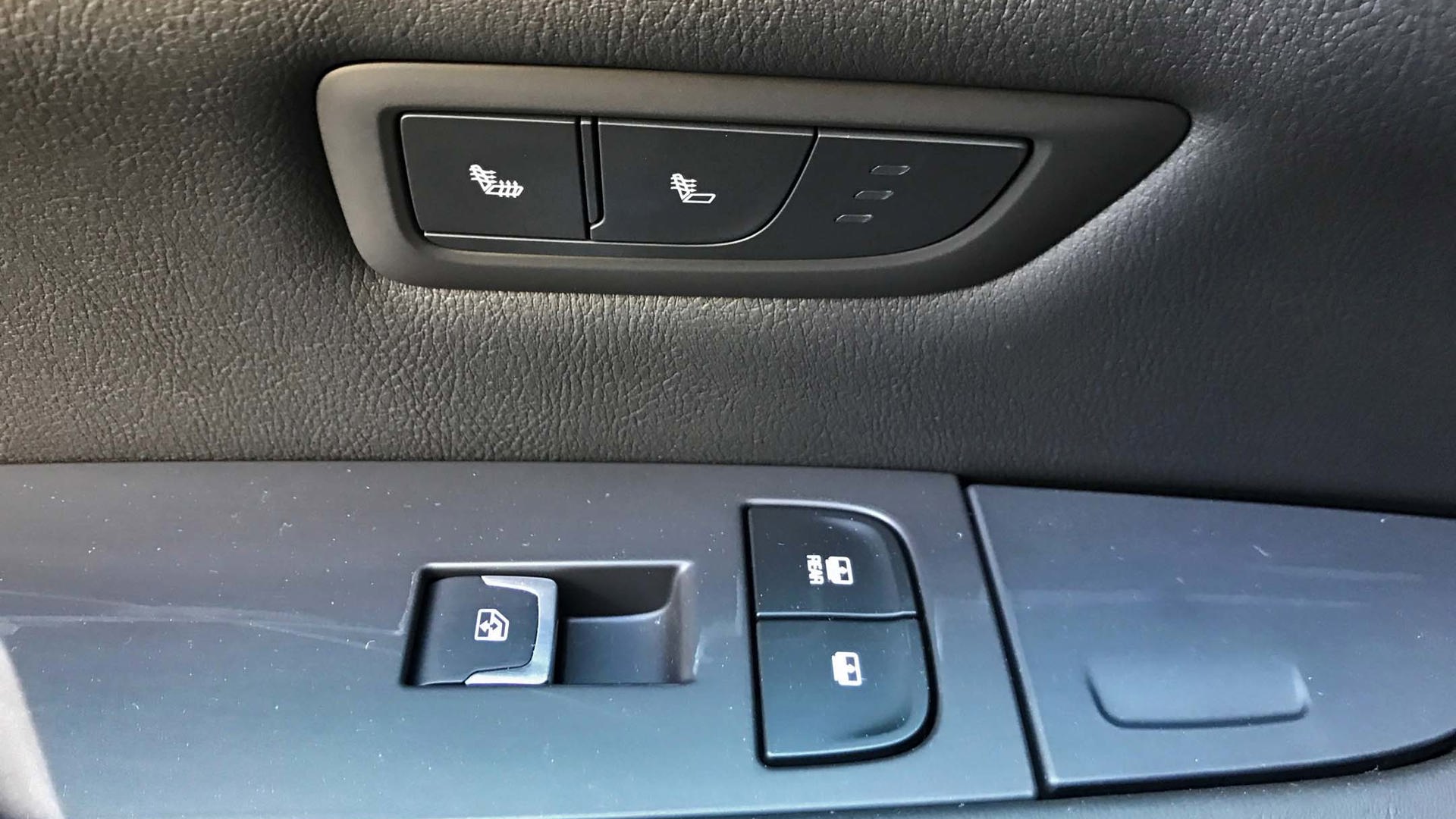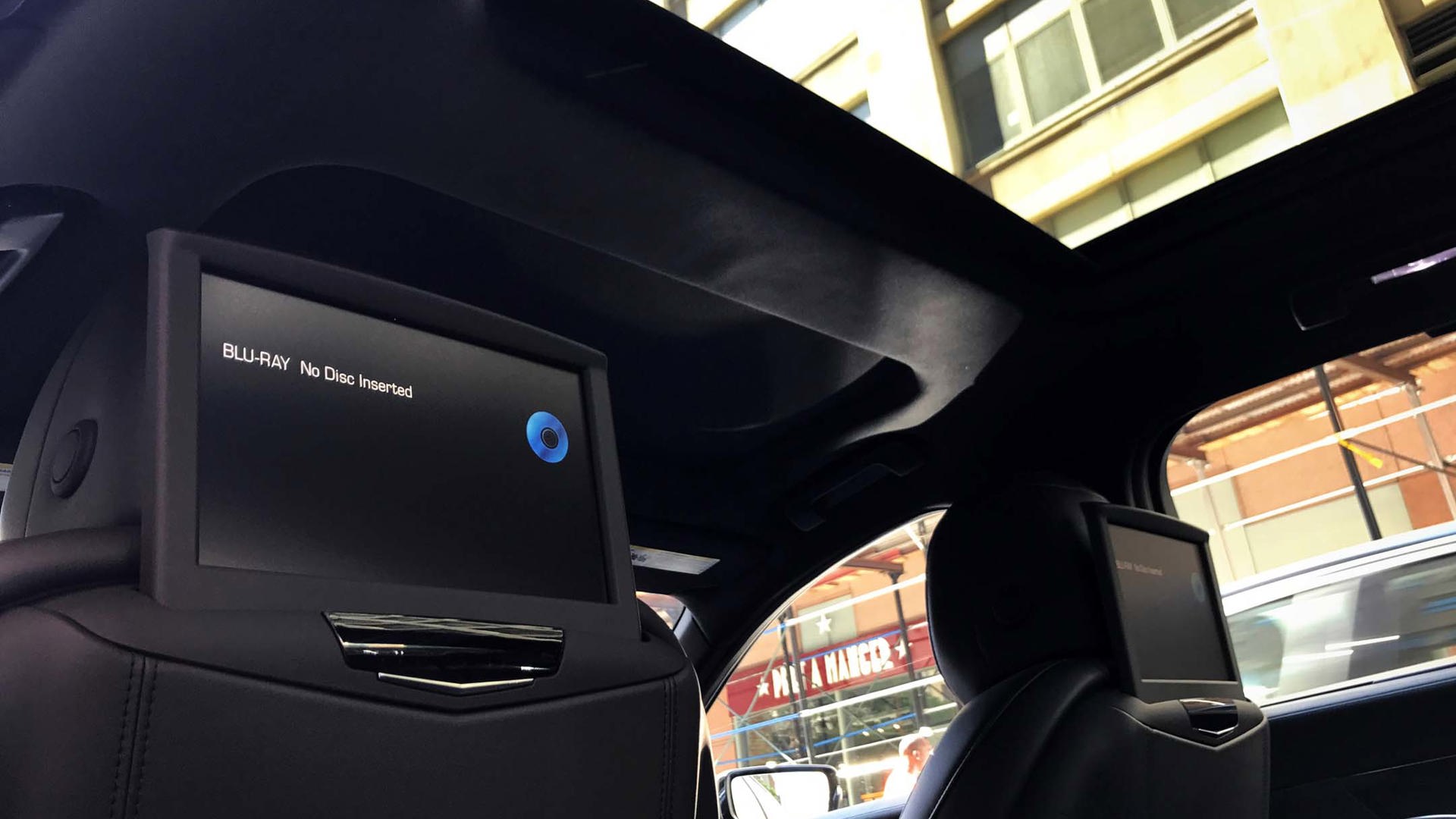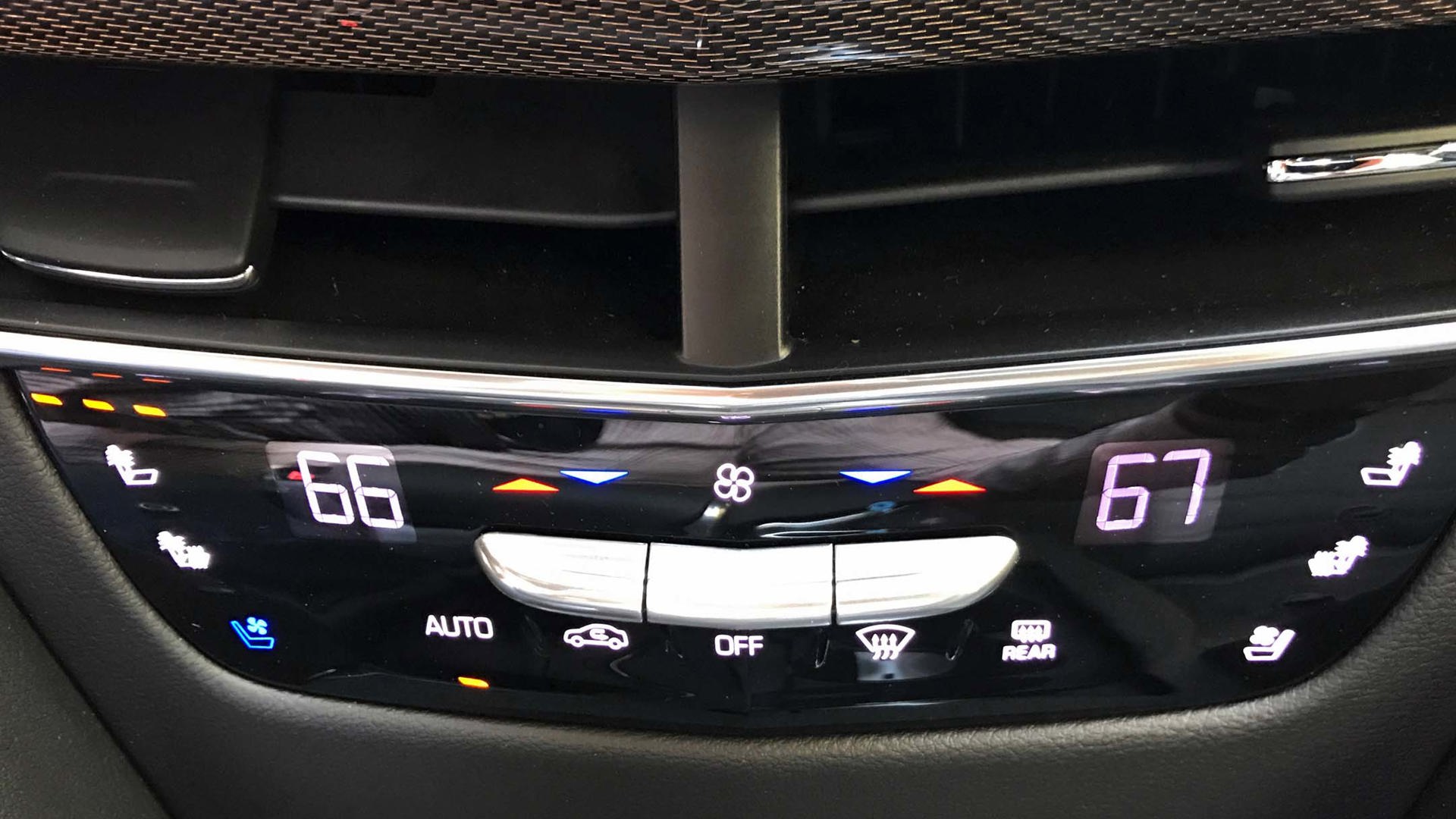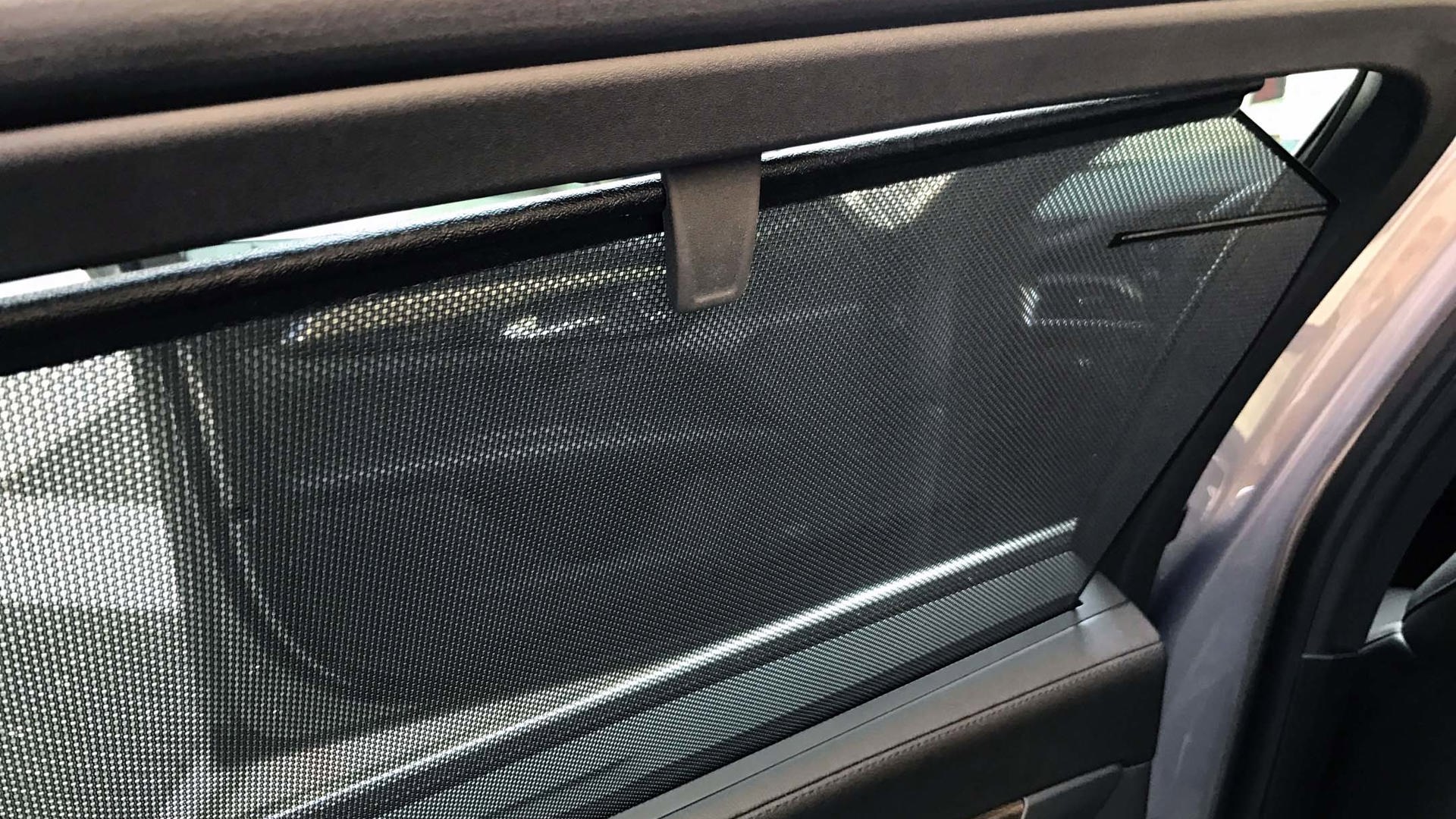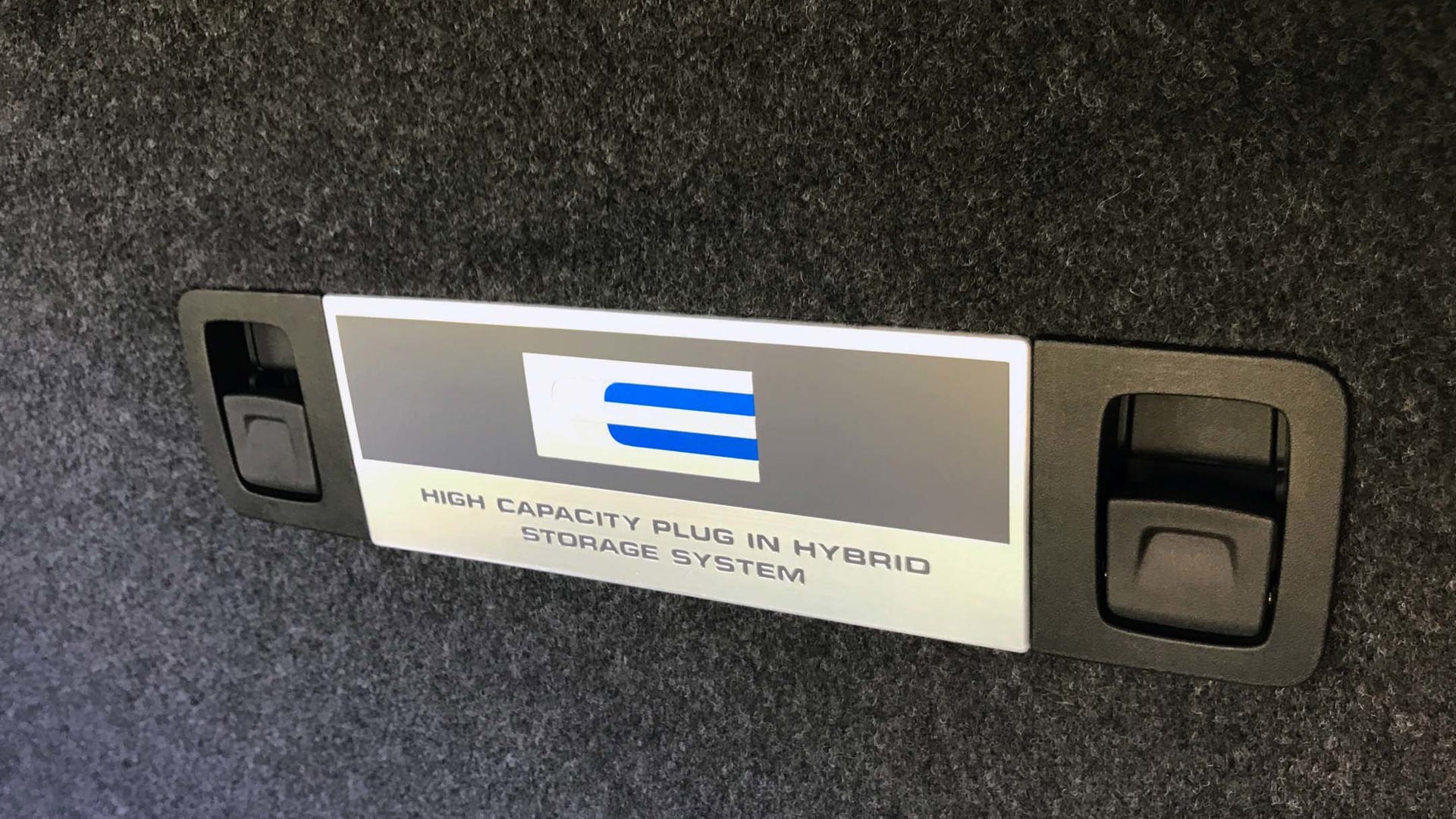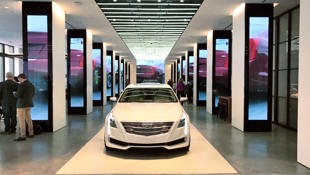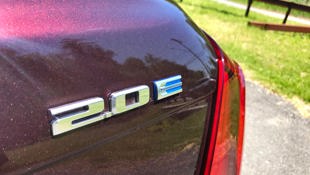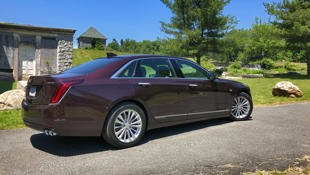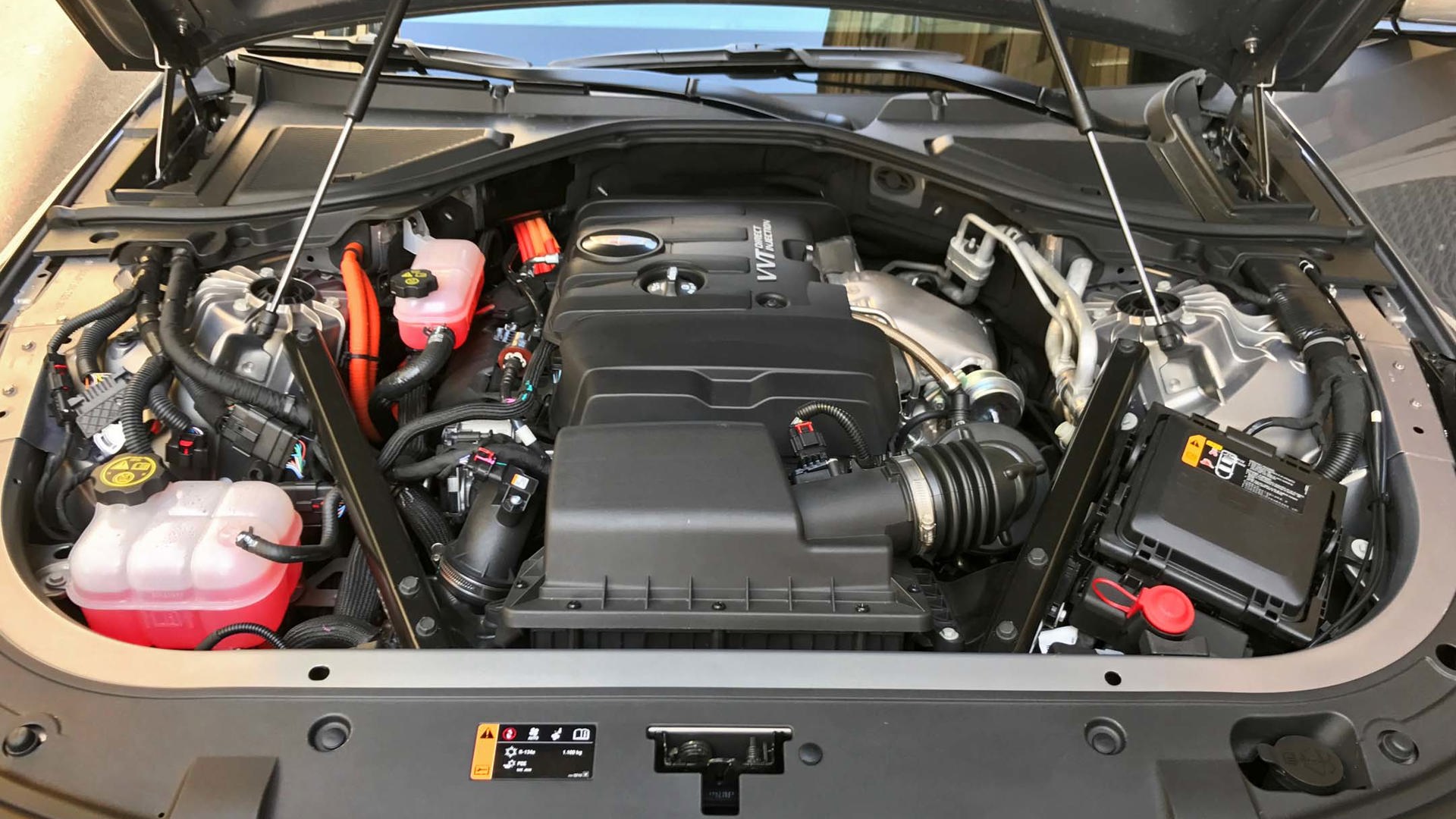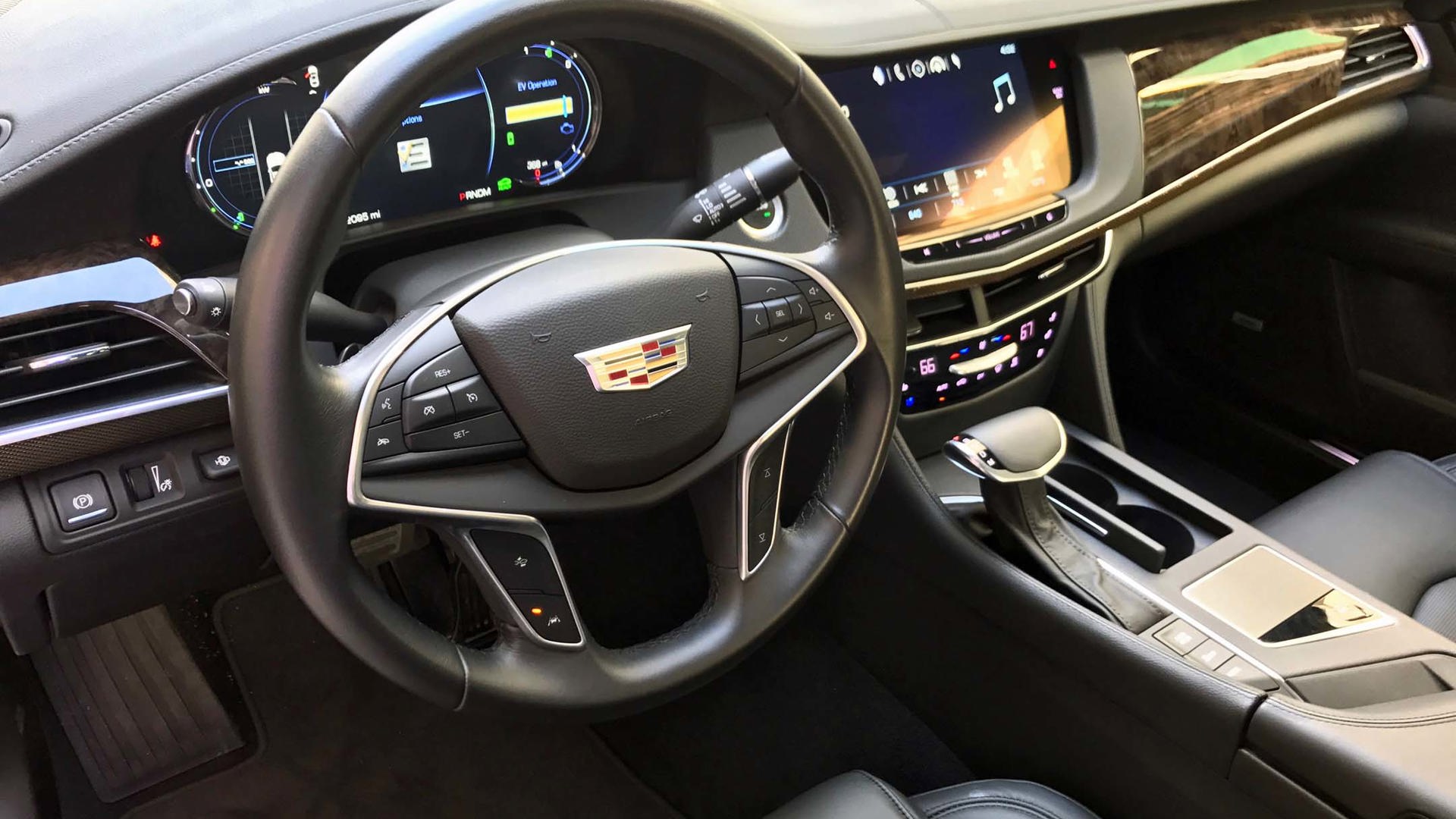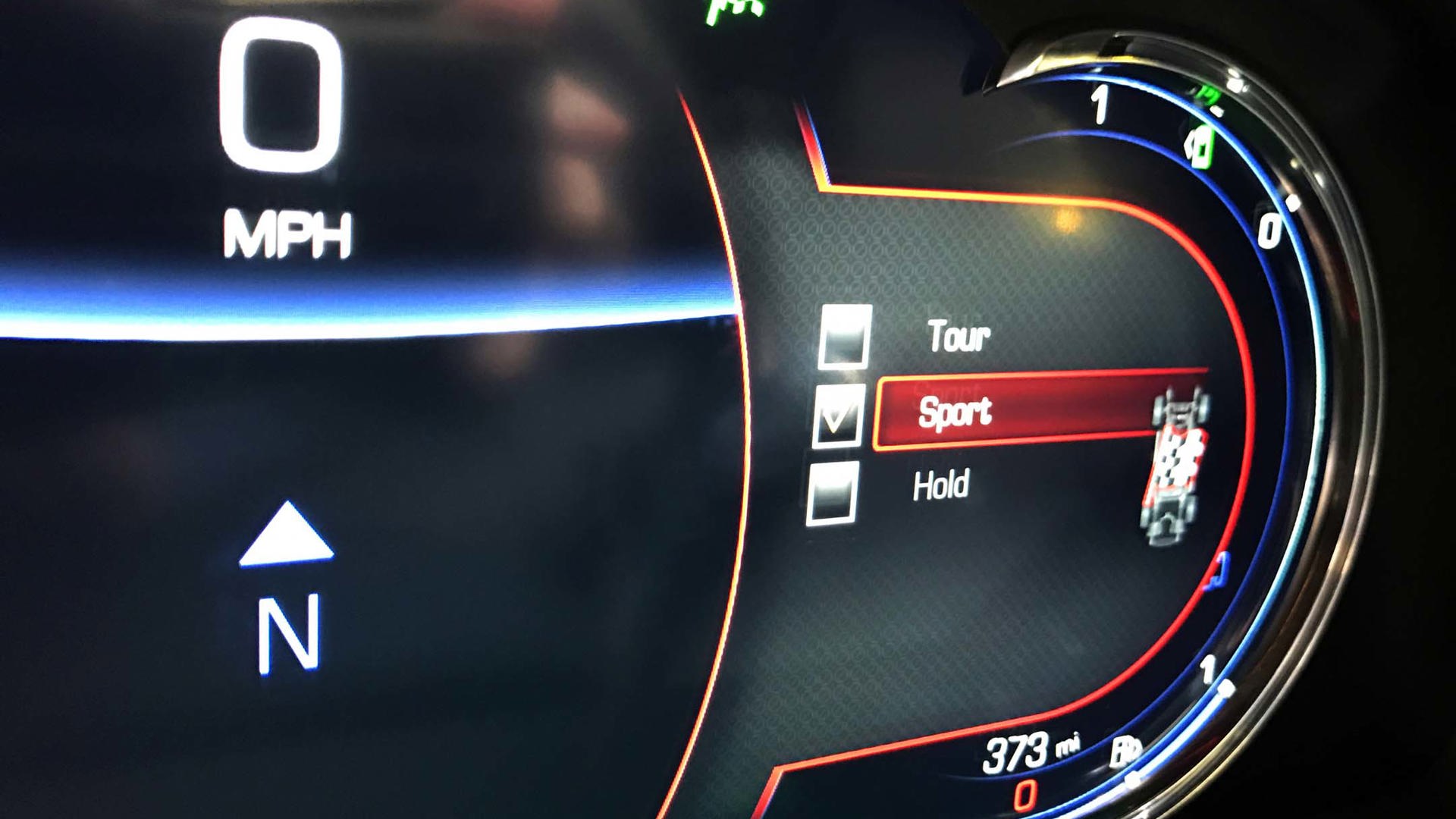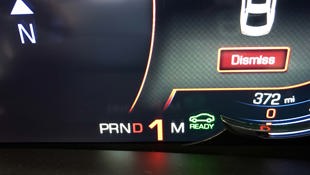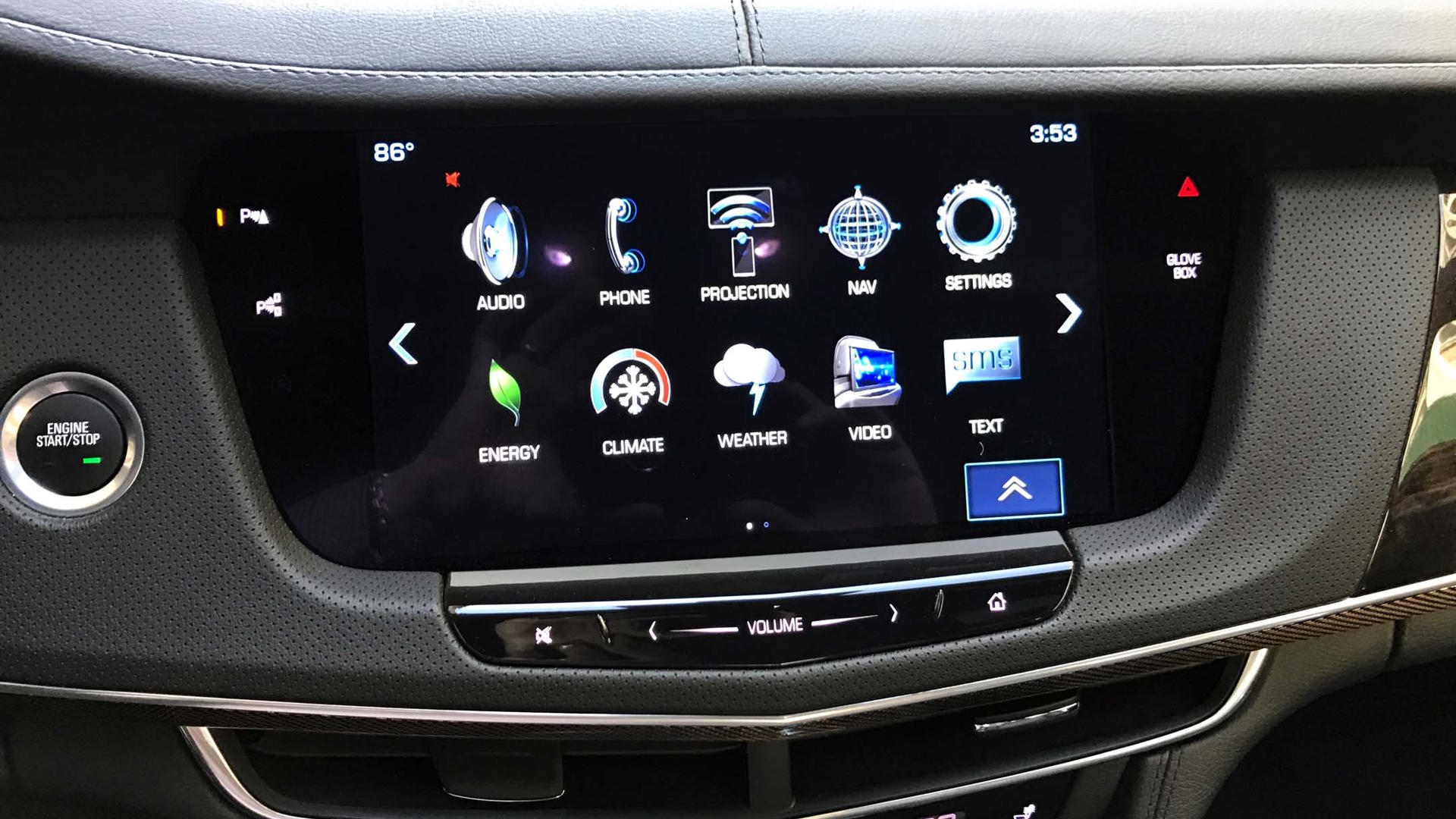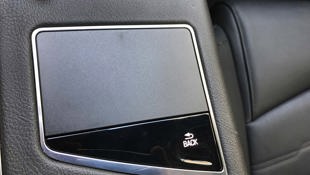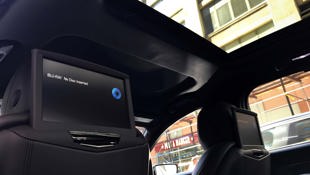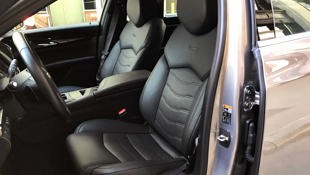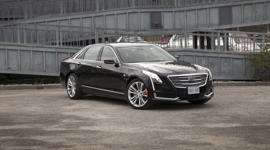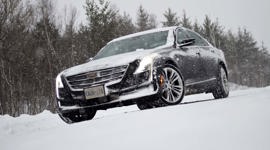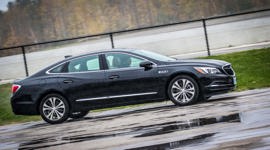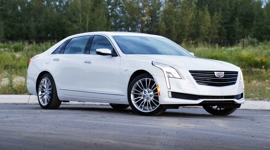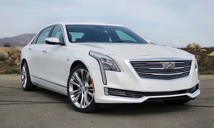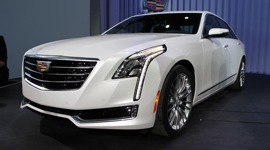New York, NY – As beautiful as it was, Cadillac was left with a sour taste in its mouth after its last foray into electrification – the stunning but pricey ELR Coupe – which was pilloried for two things: a drivetrain largely shared with the Chevrolet Volt, and an MSRP that came in roughly twice that of the same car.
Cadillac is taking a much more conservative approach with its CT6 Plug-In, a new technological flagship for GM’s most luxurious brand.
The ELR limped along for a couple of years before production ended in the 2016 model year, with Cadillac learning that even in the new age of advanced and innovative plug-in vehicles, value is still important, no matter how far up the luxury price scale one travels.
Thus Cadillac is taking a much more conservative approach with its CT6 Plug-In, a new technological flagship for GM’s most luxurious brand. This version of the full-size sedan offers Cadillac-worthy, relaxed and silent electric driving for roughly 50 kilometres on a full charge, and much more efficient hybrid fuel efficiency after that.
Cadillac working on brand image as much as vehicles
We started our preview day at their new global headquarters in downtown Manhattan, called Cadillac House – which the company made very clear doesn’t sell cars, despite the gathering of impeccably detailed Cadillac models on display and execs working upstairs to help sell and market the cars. Cadillac House is meant as a “brand experience”.
So in addition to the (regular) CT6 that greets visitors at the entrance, there are high-definition screens integrated into each pillar showing a digital mosaic of Cadillac content, partnerships and inspirations. The decadent coffee bar and fast Wi-Fi helps draw folks in where they are invited to use the couches or tables as meeting areas. Another corner of the space is used as a rotating Retail Lab, which just happened to feature up-and-coming Canadian designer Tanya Taylor when we visited – within a few months, the next designer or artist will move in with their creations.
The goal is to continually refresh the Cadillac brand and the folks who work on it, as well as help reinforce an upscale and high-tech aura that consumers may not perceive if they haven’t had a chance to sample a modern Cadillac.
As for us, we were there to sample the most modern and technologically advanced of all current Cadillacs – unusually, this technological flagship isn’t anywhere close to being the brand’s most expensive vehicle. It won’t even be the priciest CT6. And it won’t be available at every Cadillac dealer either.
CT6 Plug-In takes value seriously
Remember that more conservative value approach mentioned earlier? It starts with the price, which in Canada starts at $85,995 – well under the MSRP of $99,790 commanded by top-of-the-line CT6 3.0L Twin Turbo Platinum. Granted, that Platinum model includes all-wheel drive and a more powerful twin-turbo V6, compared to the thriftier rear-wheel drive and 2.0L four-cylinder drivetrain of the Plug-In – badged 2.0E on the trunk to help differentiate it from a base 2.0L CT6.
The price quoted above doesn’t reflect any provincial plug-in vehicle incentives, which will likely be $3,000 in Ontario (the CT6 Plug-In has yet to appear on the MTO website), but nil in BC – due to a $77,000 price cap for rebates – and in the province of Quebec, where the cap is $75,000.
As a very limited volume offering – built in China unlike all other CT6s sold in North America – Cadillac doesn’t expect to sell more than 600 CT6 Plug-In vehicles per year. Going by the usual “10 percent” rule, that would mean 60 units for Canada, though even that is likely too high, according a Canadian Cadillac rep, especially for this calendar year, in which the CT6 2.0E is being marketed as a ’17 but is slated to only hit dealerships in June.
If you’re looking for a CT6 Plug-In, the Cadillac dealers connected to sites that have already installed electric vehicle chargers and invested in plug-in service training are the ones most likely to offer it. They’re usually located in or around major urban centres, in those three rebate provinces – such is the case for the foreseeable future, said the company.
That limited availability is unfortunate, because the CT6 Plug-In offers an impressive value equation next to its main German plug-in hybrid competition.
Unexpected rear-drive sportiness
The CT6 Plug-In also offers up impressive performance, with much further all-electric range than the BMW 740e and Mercedes-Benz S550e, while matching their 5.2 second 0–96 km/h acceleration times – a tenth of a second faster than a CT6 with the top-line 3.0L twin turbo V6 that offers 404 hp and 400 lb-ft of torque.
The heavier CT6 Plug-In actually offers more low-end torque, with 432 lb-ft in total, though the combined horsepower from the 2.0E’s four-cylinder engine and two electric motors add up to a more modest 335 hp. Considering that the CT6 Plug-In is roughly 600 pounds heavier than the standard CT6, I expected it to be considerably slower than all other CT6s, but it keeps abreast with the fastest models.
From behind the wheel, its driving personality certainly takes to the “quiet comfort” end of the spectrum, with this possibly being the quietest Cadillac ever – and that’s saying something. Noise suppression is excellent, even when the engine comes on, with the sublime, almost eerie silence of the pure electric drive mode providing a compelling incentive to plug it in every night – a full charge taking about four and a half hours at an available 240-volt Level 2 station, or up to 20 hours if you plug the included cord into a simple wall socket.
Putting the 2.0E into drive on Manhattan’s crowded city streets, the brand’s elegantly curved electronic shifter prompts a quick double-check that it’s in gear, with no perceptible clunk or shift to forewarn of forward motion.
Plant your foot all the way down, however, and the CT6 Plug-In will throw you back in your ventilated leather seat, drawing full power from the two electric motors plus the smooth but obviously audible gas-powered engine.
Even in ruthless cut-and-thrust downtown Manhattan traffic, it’s relatively easy to keep accelerator inputs at less than 50 percent, the “silence” threshold at which the gas engine doesn’t come on at all, assuming there’s sufficient charge left in the hefty lithium-ion battery.
This is where the CT6 Plug-In feels most relaxing, and most impressive: cruising down scenic highways and byways, in this case along the Hudson River, in literal Rolls-Royce-shaming silence. Though yes, there are times when you feel the heft of the car, especially when the battery power is depleted and you’re basically running a regular hybrid.
Cadillac did admit that this car will likely be considerably slower than the upcoming 2018 Porsche Panamera 4S E-Hybrid, predicted to have a 4.4 second 0–60 mph sprint. And neither will come close to the mid-size Tesla Model S P100D’s Ludicrous acceleration mode, which is down in the mid-2.0 second range – yes, in the twos, with video proof on YouTube.
Luxury, comfort reinforced by full suite of standard features
Where Tesla (and Porsche) fall far short, and the Cadillac shines, is in the interior appointments and high-tech features that come standard in its single trim. On top of the much-appreciated cooled and heated seats/heated steering wheel, it also includes an enhanced Night Vision system, twin rear-seat entertainment screens that play DVDs and digital media (including headphones for each rear passenger to listen to their own content), onboard Wi-Fi and a panoramic roof, among many others.
Downtown dwellers will particularly appreciate the cruise function that works with stop-and-go traffic. It comes with a rear collision mitigation system, although some colleagues that tested it couldn’t trigger the automatic emergency braking.
On the infotainment front, Android Auto and Apple CarPlay are both available on all CT6s, the entire system commanded by a large centre touchscreen. The screen looks clean and simple, but run your hand close to it and proximity sensors will bring up new options or buttons onscreen.
This unfortunately means you have to keep your eyes closely on the screen, until you get to know the system well, though I found in our afternoon with the car that I could do all of what I wanted through the steering wheel, which has buttons in the lower spokes as well as the usual upper ones.
Cadillac has advanced the plug-in technology as well with its electronically variable transmission, with two paddles behind the steering wheel that offer up to four different levels of electric regeneration. So in M1, you’re at the most powerful regeneration, which allows folks to practice the one-pedal driving style that’s now familiar from Tesla and the BMW i3 – and GM’s own Bolt.
But instead of the one-pedal feel of the i3 – that at first feels like you’re stuck in second gear – or the “totally on or totally off” mode on the Tesla, the right paddle allows you to adjust it between four levels of regeneration, while the left paddle allows for some extra regen no matter what mode you’re in.
And though the Tesla blows away the Caddy in a straight line, the Cadillac is more composed on off-ramps than the softly sprung Model S, especially in Sport mode.
Calculated compromises
Yes, there are surely downsides to opting for the CT6 Plug-In. The large 18.4 kWh lithium-ion battery takes up a third of the trunk area, and also means you can’t fold down the rear seats at all for extra cargo flexibility. There’s not even a pass-through for skis, and though the 2.0E’s chief designer said there was quite a bit of debate over the omission, they ultimately concluded that these buyers would appreciate the increased battery-only range.
That said, the trunk is still a large space, and wide enough to fit two golf bags – as noted above, this is not the vehicle for skiers or snowboarders, being a car that was designed largely for the sunny “smile” states, especially California, generating lots of valuable CAFE credits south of the border.
Although the CT6 Plug-In comes in well under the starting price of its German plug-in rivals, a similarly equipped CT6 can be had for less than $80K – with a fully flexible trunk. The lack of available all-wheel drive will hurt its appeal to Canadian luxury buyers as well.
So though Cadillac has clearly taken a more conservative price and availability tack to its latest plug-in, and eclipses its current German rivals by far in all-electric range with some sporty straight-line oomph to boot, the CT6 Plug-In sadly has the feel of a vehicle that’s perhaps a little too tentatively designed, with packaging issues that betray a lack of either foresight or investment into a vehicle owing to its small sales ambitions.
Sadly, that also meant it couldn’t quite justify the necessary investment that would make it a true, compromise-free flagship for Canadian buyers.
